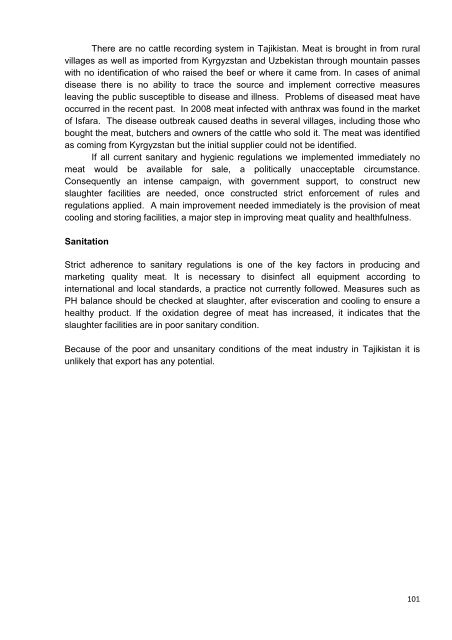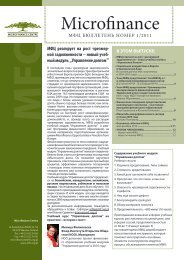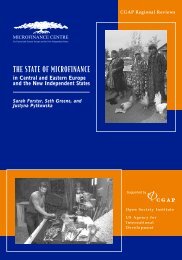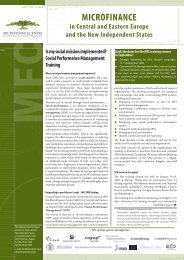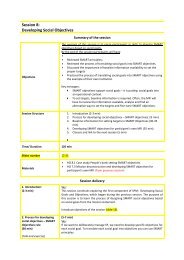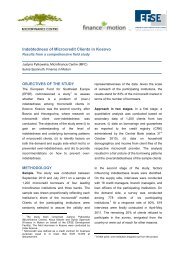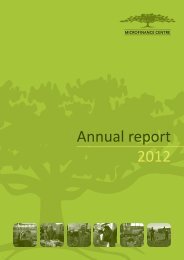Value Chains research report Tajikistan final - Microfinance Centre
Value Chains research report Tajikistan final - Microfinance Centre
Value Chains research report Tajikistan final - Microfinance Centre
Create successful ePaper yourself
Turn your PDF publications into a flip-book with our unique Google optimized e-Paper software.
There are no cattle recording system in <strong>Tajikistan</strong>. Meat is brought in from rural<br />
villages as well as imported from Kyrgyzstan and Uzbekistan through mountain passes<br />
with no identification of who raised the beef or where it came from. In cases of animal<br />
disease there is no ability to trace the source and implement corrective measures<br />
leaving the public susceptible to disease and illness. Problems of diseased meat have<br />
occurred in the recent past. In 2008 meat infected with anthrax was found in the market<br />
of Isfara. The disease outbreak caused deaths in several villages, including those who<br />
bought the meat, butchers and owners of the cattle who sold it. The meat was identified<br />
as coming from Kyrgyzstan but the initial supplier could not be identified.<br />
If all current sanitary and hygienic regulations we implemented immediately no<br />
meat would be available for sale, a politically unacceptable circumstance.<br />
Consequently an intense campaign, with government support, to construct new<br />
slaughter facilities are needed, once constructed strict enforcement of rules and<br />
regulations applied. A main improvement needed immediately is the provision of meat<br />
cooling and storing facilities, a major step in improving meat quality and healthfulness.<br />
Sanitation<br />
Strict adherence to sanitary regulations is one of the key factors in producing and<br />
marketing quality meat. It is necessary to disinfect all equipment according to<br />
international and local standards, a practice not currently followed. Measures such as<br />
РН balance should be checked at slaughter, after evisceration and cooling to ensure a<br />
healthy product. If the oxidation degree of meat has increased, it indicates that the<br />
slaughter facilities are in poor sanitary condition.<br />
Because of the poor and unsanitary conditions of the meat industry in <strong>Tajikistan</strong> it is<br />
unlikely that export has any potential.<br />
101


